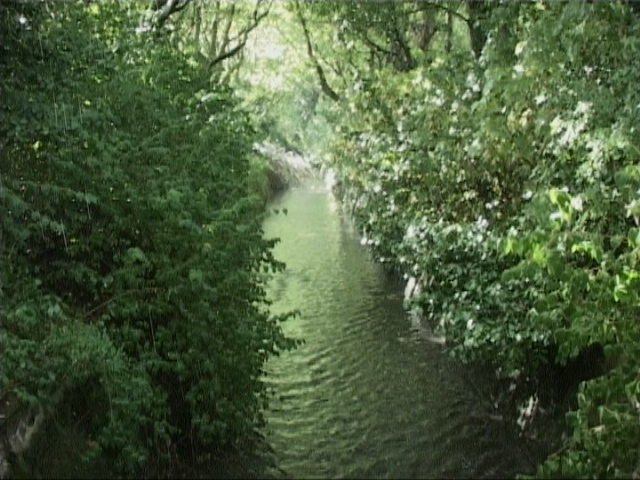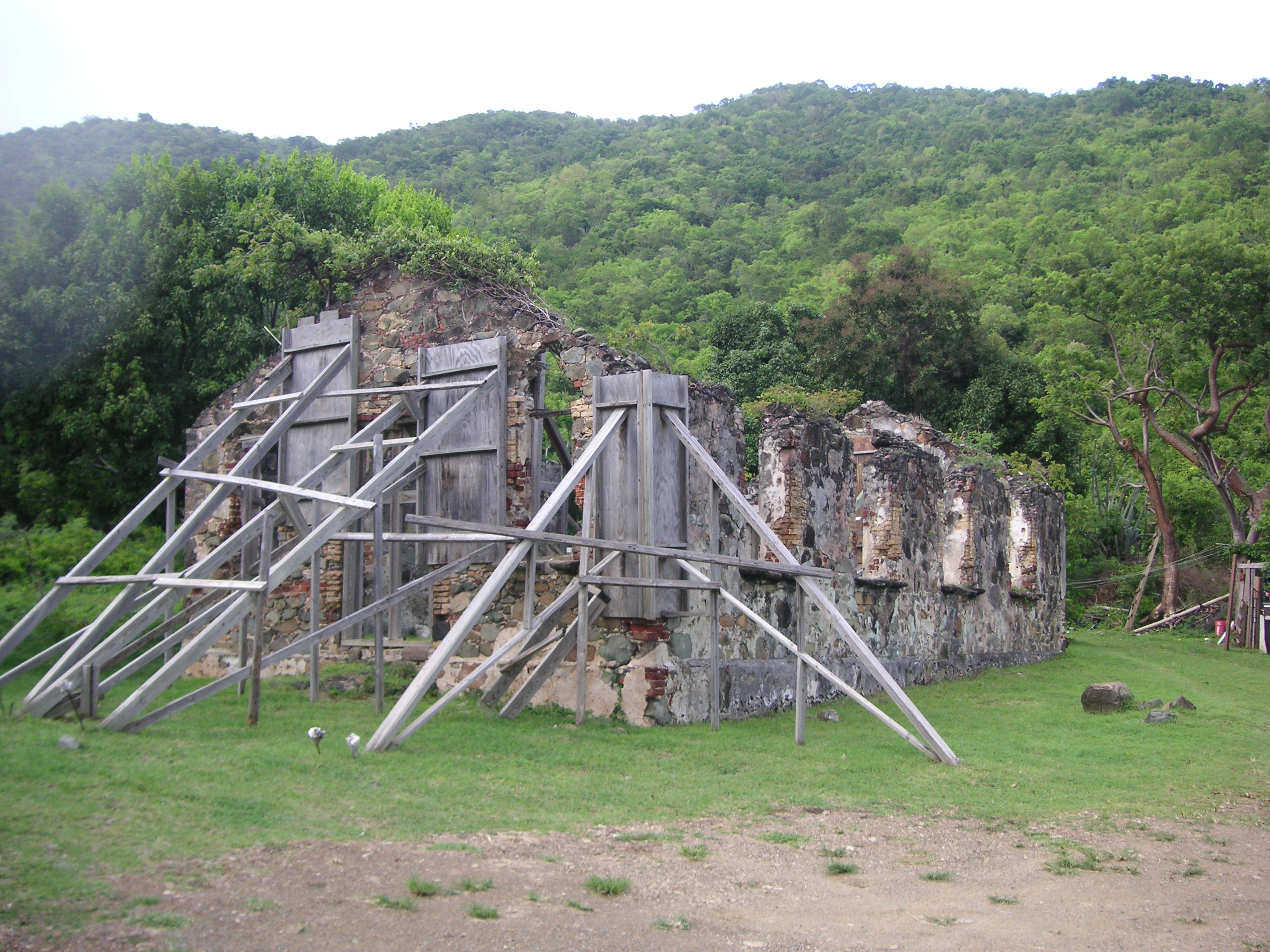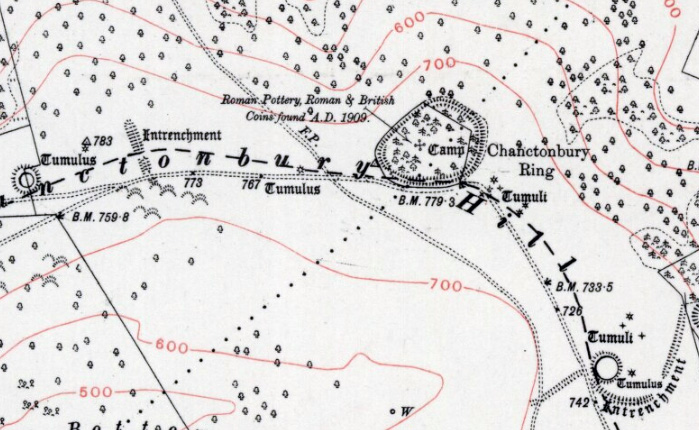|
Peter Drewett
Peter Ladson Drewett (1947 – 1 April 2013) was an English archaeologist and academic, best known for his work in Sussex. Drewett was brought up in Croydon, where he first became interested in archaeology; he began working on excavations in his early teens, joining the Croydon Natural History & Scientific Society in 1960. Drewett later worked on digs in Sussex, and in 1973 joined Sussex Archaeological Society. After graduating, he became a lecturer at the London Institute of Archaeology and founded the Sussex Archaeological Field Unit (now Archaeology South-East), subsequently being involved in over 200 projects in the county. Sites he worked on included Caburn hillfort, Black Patch and Chanctonbury Ring. He obtained his Ph.D. in Prehistoric Archaeology from the UCL Institute of Archaeology in 1986. In 2004 Drewett left his post in London to become the first Professor of Archaeology at the University of Sussex. [...More Info...] [...Related Items...] OR: [Wikipedia] [Google] [Baidu] |
Archaeologist
Archaeology or archeology is the scientific study of human activity through the recovery and analysis of material culture. The archaeological record consists of Artifact (archaeology), artifacts, architecture, biofact (archaeology), biofacts or ecofacts, archaeological site, sites, and cultural landscapes. Archaeology can be considered both a social science and a branch of the humanities. It is usually considered an independent academic discipline, but may also be classified as part of anthropology (in North America – the four-field approach), history or geography. Archaeologists study human prehistory and history, from the development of the first stone tools at Lomekwi in East Africa 3.3 million years ago up until recent decades. Archaeology is distinct from palaeontology, which is the study of fossil remains. Archaeology is particularly important for learning about prehistoric societies, for which, by definition, there are no written records. Prehistory includes ove ... [...More Info...] [...Related Items...] OR: [Wikipedia] [Google] [Baidu] |
Black Patch Park
Black Patch Park is a park in Smethwick, West Midlands, England. It is bounded by Foundry Lane, Woodburn Road, Perrott Street and Kitchener Street, at . The park, covering over , was part of a sparsely populated landscape of commons and woodland (known as The Black Patch), dotted with farms and cottages which has been transformed from heath to farmland then to a carefully laid out municipal park surrounded by engineering companies employing thousands of people; Tangyes, Nettlefolds, (later GKN plc), the Birmingham Railway Carriage and Wagon Company, Birmingham Aluminium Castings, ironworks, glassmaking and brewing. These factories, including the Soho Foundry, started by James Watt and Matthew Boulton are, but for foundations and frontages, almost all gone. Much of what is known about Black Patch Chaplin Park appears in a book by Ted Rudge, developed from an Open University degree thesis, and published by Birmingham City Council in 2003. Rudge's research records how, from th ... [...More Info...] [...Related Items...] OR: [Wikipedia] [Google] [Baidu] |
2013 Deaths
This is a list of deaths of notable people, organised by year. New deaths articles are added to their respective month (e.g., Deaths in ) and then linked here. 2022 2021 2020 2019 2018 2017 2016 2015 2014 2013 2012 2011 2010 2009 2008 2007 2006 2005 2004 2003 2002 2001 2000 1999 1998 1997 1996 1995 1994 1993 1992 1991 1990 1989 1988 1987 See also * Lists of deaths by day * Deaths by year {{DEFAULTSORT:deaths by year ... [...More Info...] [...Related Items...] OR: [Wikipedia] [Google] [Baidu] |
British Virgin Islands
) , anthem = " God Save the King" , song_type = Territorial song , song = "Oh, Beautiful Virgin Islands" , image_map = File:British Virgin Islands on the globe (Americas centered).svg , map_caption = , mapsize = 290px , image_map2 = British Virgin Islands - Location Map (2013) - VGB - UNOCHA.svg , mapsize2 = 250px , subdivision_type = Sovereign state , subdivision_name = , established_title = , established_date = Dutch West Indies , established_title2 = British capture , established_date2 = 1672 , established_title3 = Cooper Island sold to UK , established_date3 = 1905 , established_title4 = Separate colony , established_date4 = 1960 , established_title5 = Autonomy , established_date5 = 1967 , official_languages = English , demonym = , capital = Road Town , coordinates = , largest_city = capital , ethnic_groups = 76.9% Black5.6% Hispanic5.4% White5.4% Mixed2.1% Indian4.6% other , ethnic_groups_year = 2010 , government_type = Parliamentar ... [...More Info...] [...Related Items...] OR: [Wikipedia] [Google] [Baidu] |
Barbados
Barbados is an island country in the Lesser Antilles of the West Indies, in the Caribbean region of the Americas, and the most easterly of the Caribbean Islands. It occupies an area of and has a population of about 287,000 (2019 estimate). Its capital and largest city is Bridgetown. Inhabited by Kalinago people since the 13th century, and prior to that by other Amerindians, Spanish navigators took possession of Barbados in the late 15th century, claiming it for the Crown of Castile. It first appeared on a Spanish map in 1511. The Portuguese Empire claimed the island between 1532 and 1536, but abandoned it in 1620 with their only remnants being an introduction of wild boars for a good supply of meat whenever the island was visited. An English ship, the ''Olive Blossom'', arrived in Barbados on 14 May 1625; its men took possession of the island in the name of King James I. In 1627, the first permanent settlers arrived from England, and Barbados became an English and ... [...More Info...] [...Related Items...] OR: [Wikipedia] [Google] [Baidu] |
University Of Sussex
, mottoeng = Be Still and Know , established = , type = Public research university , endowment = £14.4 million (2020) , budget = £319.6 million (2019–20) , chancellor = Sanjeev Bhaskar , vice_chancellor = Sasha Roseneil , head_label = Visitor , head = King Charles III , students = 19,413 (2019–20) , undergrad = 14,619https://www.sussex.ac.uk/webteam/gateway/file.php?name=19-20-digest---undergraduate-student-summary.pdf&site=381 , postgrad = 4,794https://www.sussex.ac.uk/webteam/gateway/file.php?name=19-20-digest---postgraduate-student-summary.pdf&site=381 , city = Falmer, Brighton , state = East Sussex , country = England , campus = Campus , colours = White and Flint , mascot = Badger , affiliations = Universities UK, BUCS, Sepnet, SeNSS, Association of Commonwealth Universities, NCUB , website = , logo = University of Sussex Logo.svg , footnotes = , academic_staff = 2,010 (2020) , administrative_staff = 1,100 The Unive ... [...More Info...] [...Related Items...] OR: [Wikipedia] [Google] [Baidu] |
Chanctonbury Ring
Chanctonbury Ring is a prehistoric hill fort atop Chanctonbury Hill on the South Downs, on the border of the civil parishes of Washington and Wiston in the English county of West Sussex. A ridgeway, now part of the South Downs Way, runs along the hill. It forms part of an ensemble of associated historical features created over a span of more than 2,000 years, including round barrows dating from the Bronze Age to the Saxon periods and dykes dating from the Iron Age and Roman periods. Consisting of a roughly circular low earthen rampart surrounded by a ditch, Chanctonbury Ring is thought to date to the late Bronze Age or early Iron Age. The purpose of the structure is unknown but it could have filled a variety of roles, including a defensive position, a cattle enclosure or even a religious shrine. After a few centuries of usage, it was abandoned for about five hundred years until it was reoccupied during the Roman period. Two Romano-British temples were built in the hill fort's ... [...More Info...] [...Related Items...] OR: [Wikipedia] [Google] [Baidu] |
Mount Caburn
Mount Caburn is a 146-metre (490 ft) prominent landmark in East Sussex, England, about one mile (1.6 km) east of Lewes overlooking the village of Glynde. It is the highest part of an outlier of the South Downs, separated from the main range by Glynde Reach, a tributary of the River Ouse. Enclosure On the summit of Caburn are the remains of an Iron Age hill fort. The hill fort has been repeatedly excavated, by Augustus Pitt Rivers from 1877–78, the Curwens from 1925—26, and again from 1937–38, and the Sussex Archaeological Society from 1996–98. It may have the most excavations per site in Britain, with 170 trenches.Drewett, P., and Hamilton, S., 2001: Sacred mount or classic hillfort? Current Archaeology, 174: 256-262 Pollen records (from peat at the southern base) indicate that prior to 2000 BC the hill was covered with dark yew woodlands. The fact that a single Neolithic leaf-shaped arrowhead is the only pre-Bronze Age find on Caburn, despite the extent and dur ... [...More Info...] [...Related Items...] OR: [Wikipedia] [Google] [Baidu] |
Sussex
Sussex (), from the Old English (), is a Historic counties of England, historic county in South East England that was formerly an independent medieval Anglo-Saxons, Anglo-Saxon Kingdom of Sussex, kingdom. It is bounded to the west by Hampshire, north by Surrey, northeast by Kent, south by the English Channel, and divided for many purposes into the Ceremonial counties of England, ceremonial counties of West Sussex and East Sussex. Brighton and Hove, though part of East Sussex, was made a unitary authority in 1997, and as such, is administered independently of the rest of East Sussex. Brighton and Hove was granted city status in the United Kingdom, city status in 2000. Until then, Chichester was Sussex's only city. The Brighton and Hove built-up area is the 15th largest conurbation in the UK and Brighton and Hove is the most populous city or town in Sussex. Crawley, Worthing and Eastbourne are major towns, each with a population over 100,000. Sussex has three main geographic su ... [...More Info...] [...Related Items...] OR: [Wikipedia] [Google] [Baidu] |
Archaeology South-East
Archaeology South-East (ASE) is a large contracts division in southern England which provides professional archaeological services for public and private sector clients. Clients include commercial developers and environment agencies (who need to take account of archaeology during construction projects, in line with the UK government's National Planning Policy Framework) and private house owners who require historic building recording services. ASE is based in offices in Portslade, near Brighton with additional offices in London and Braintree and specialises in work in Southeast England including Greater London. Archaeology South-East is part of UCL Centre for Applied Archaeology (CAA), itself part of UCL Institute of Archaeology which is a global research and teaching institution. In conjunction with the CAA, staff at ASE have been involved in archaeological work and heritage consultancy in over 87 countries. Overview Archaeology South-East carries out a wide range of archaeologi ... [...More Info...] [...Related Items...] OR: [Wikipedia] [Google] [Baidu] |
UCL Institute Of Archaeology
UCL's Institute of Archaeology is an academic department of the Social & Historical Sciences Faculty of University College London (UCL) which it joined in 1986 having previously been a school of the University of London. It is currently one of the largest centres for the study of archaeology, cultural heritage and museum studies in the world, with over 100 members of staff and 600 students housed in a 1950s building on the north side of Gordon Square in the Bloomsbury area of Central London. History The Institute of Archaeology had its origins in Mortimer Wheeler's vision of a centre for archaeological training in the United Kingdom, which he conceived in the 1920s. Wheeler and Tessa Verney Wheeler, his wife and an archaeologist in her own right, lobbied colleagues and gathered funds to open the institute. The Wheeler's ambitions were realised when the institute was officially opened in 1937, with Mortimer Wheeler as its first director. Among its early members of staff we ... [...More Info...] [...Related Items...] OR: [Wikipedia] [Google] [Baidu] |
.jpg)





